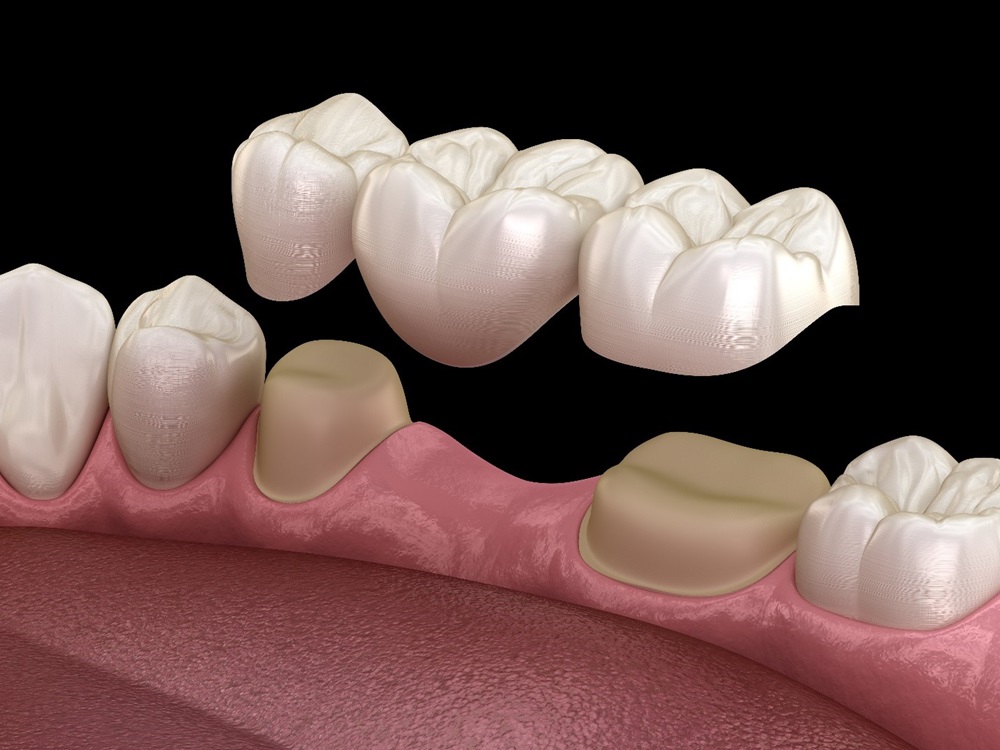So, you have just had a tooth extracted, and now you’re wondering when you can fill that gap with a shiny new dental bridge. It’s a question that many people ask, and the answer can vary depending on several factors. Let’s dive into the details to understand how long after a tooth extraction you can get a bridge.
Understanding the Process
First things first, let’s start by discussing the healing process. After you get a tooth extracted, your mouth needs time to heal. First, a blood clot forms to cover the hole where the tooth was. Then, your gums and bones start growing back to fill the space. Once this healing process is complete, you can think about getting a dental bridge near you to replace the missing tooth.
The Waiting Game
The golden rule is simple: be patient. If you rush into getting a dental bridge right after a tooth extraction, it can cause problems. You need to wait for the extraction site to heal completely before getting the bridge. This ensures a stable foundation for the bridge to be securely placed.
Your dentist will usually recommend waiting until the area where the tooth was removed heals completely before putting in a bridge. This healing can take a few weeks, during which time your gums and bones need to settle and get ready for the bridge to be put in.
Why the Wait?
You might be curious why waiting is important. Here’s why: If a bridge is placed too soon, it can complicate the healing process. This might cause problems like infections or the bridge not fitting right. By giving your mouth enough time to heal, you make sure everything goes smoothly when the bridge is finally put in. This is key for keeping your mouth healthy in the long run.
The Timeline
Usually, it takes about three to six months for the spot where your tooth was removed to completely heal. But this can change based on things like where the tooth was, how healthy you are, and if there were any problems during the extraction.
Once your mouth has healed well, your dentist will check to see if you’re a good fit for a mouth bridge. They will look at your other teeth, gums, and how strong your jawbone is to make sure they can support the bridge properly.
Factors Influencing Bridge Placement
Several factors influence the timing of bridge placement after tooth extraction:
- Bone density: Your bones need to be strong for stability. If they haven’t fully healed or if there’s bone loss, your dentist might recommend waiting longer.
- Gum health: Healthy gums are essential. Any signs of infection should be treated before getting the bridge.
- Overall health: Your overall health is important. Conditions like diabetes or immune issues can affect how well you heal.
Consultation with Your Dentist
Talking to your dentist is important during this whole process. They will keep an eye on how you are healing and tell you when it’s the best time to get tooth bridge. Going to your follow-up appointments and following any advice your dentist gives you after the extraction is super important too.
The Importance of Dental Bridges
Dental bridges are important for fixing your smile and mouth when you lose a tooth. They don’t just make your smile prettier; they also stop your other teeth from shifting and help your bite stay normal.
By understanding the timeline and considerations involved, you can approach the journey from tooth extraction to bridge placement with confidence and patience.
Keep in mind that everyone’s experience is different, so always listen to your dentist’s advice at every stage of the process.
Looking for Expert Dental Care?
Look no further than Keele Crosstown Dental! Our experienced team of dentist in York specializes in a wide range of dental services, including tooth extractions, dental bridges, implants, and more. We’re committed to using cutting-edge technology and providing individualized care to help you attain a healthy and attractive smile. Schedule your appointment today and let us bridge the gap to your perfect smile!
Visit us today and experience the difference!

